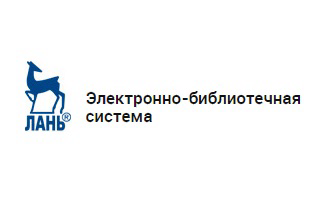Vikulov V. M., Kornilkov M. V. – The Ural State Mining University, Ekaterinburg, the Russian Federation.
E-mail: This email address is being protected from spambots. You need JavaScript enabled to view it.
Zoteev O. V. – The Institute of Mining of the Ural Branch of RAS, Ekaterinburg, the Russian Federation.
E-mail: This email address is being protected from spambots. You need JavaScript enabled to view it.
The article proves and substantiates, that in order to develop foundation pit anchor support it is necessary to apply
ascending anchor installation method in instances in which the use of ground “descending” anchors can be limited by
the presence of hard rock jointed massifs, karst rock and floating rock (grounds), as well as in the sections which are full
of subsoil engineering services. Significant advantage of the suggested foundation pit supporting wall support construction
is distinctness, clearness and simplicity of its structural behavior, which is provided by constant visual control over
the state of attachment and gripping points, whereas the use of ground anchors creates some uncertainty of their
structural behavior, connected to the absence of data about geological construction and properties of grounds anchor
hinge part; and also connected to concealed nature of works on its arrangement. Anchors of the suggested construction
are supposed to be manufactured from composite material – fiberglass and carbon fiber – so called banded fiberglass
anchors. It will help to easily transport anchors in shape of coils, and to cut them in pieces of any length at sight. However
this construction requires verification by anchor bar upper end attachment point support balance condition calculation,
which is situated on the surface of the ground. The given article introduces the methods of calculating supporting slope
and verification of the support shift strength.
Key words: anchor support; ascending anchor installation method; state of attachment points; supporting strength
of fiberglass anchor; installation efficiency.
REFERENCES
1. Makovskii L. V., Sula N. A. Stroitel'stvo avtodorozhnykh i gorodskikh tonnelei: ucheb. posobie [School book
“Construction of road tunnels and street underpasses”]. Moscow, RIOR; Infra-M Publ., 2014. 397 p.
2. Makovskii L. V., Sula N. A. Raschet krepi kotlovanov pri stroitel'stve podzemnykh sooruzhenii: ucheb. posobie
[School book “Calculation of foundation pit support under the construction of subsoil constructions”]. Moscow,
MADI Publ., 2011. 88 p.
3. Malinin A. G., Malinin D. A. [The use of fiberglass anchors in subsoil construction]. Metro i tonneli – Subway and
Tunnels, 2009, no. 3, pp. 24–27. (In Russ.)
4. P'iankov S. A., Azizov Z. K. Mekhanika gruntov: ucheb. posobie [School book “Ground mechanics”]. Ul'ianovsk,
UlSTU Publ., 2011. 103 p.
5. Metodicheskie ukazaniia po opredeleniiu uglov naklona bortov, otkosov ustupov i otvalov stroiashchikhsia i
ekspluatiruemykh kar'erov. Sost. G. L. Fisenko, V. T. Sapozhnikov, A. M. Mochalov i dr. [Methodical guidelines on the
determination of slopes, bench slopes, and dumps inclination angles of open pits under construction and open pits under
exploitation. Edited by G. L. Fisenko, V. T. Sapozhnikov, A. M. Mochalov and others]. Leningrad, VNIMI Publ., 1972. 165 p.









